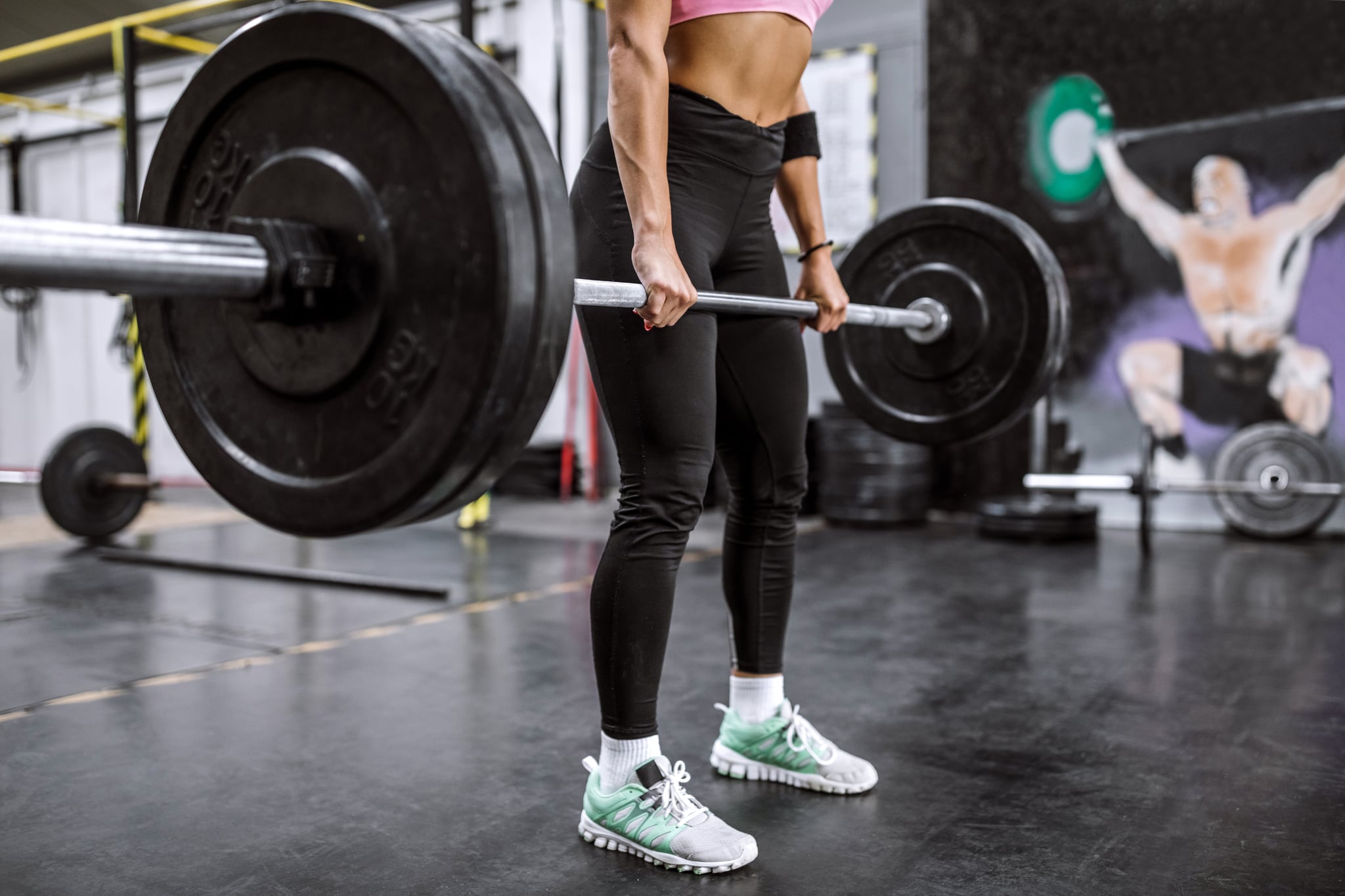Products You May Like

We can’t tout the benefits of strength training enough: it can help you burn calories, build lean muscle, boost metabolism, and even sleep better. And while it’s important to find the right weight to challenge yourself, you can’t stick to the same set of dumbbells and sets forever if you want to see progress. This is where progressive overload comes into play.
What Is Progressive Overload?
“Progressive overload is a gradual increase in the amount one lifts during resistance training,” explained ACSM-certified personal trainer Jim White, RDN, owner of Jim White Fitness and Nutrition Studios. Over time, your body adapts to handling a certain amount of resistance, so increasing the load on the body — through an increase in weight, reps, or sets — will result in strength and muscle improvements.
“When it comes to lifting weights, the reason people don’t make progress is because they don’t challenge themselves,” Eric Bowling, an NASM-certified personal trainer, told POPSUGAR. They are sometimes scared to lift heavier because they don’t want to injure themselves. “If you want to make progress, it’s going to require pushing your limits and enduring a degree of pain,” he said. (Note: however, consult your doctor if the pain you feel is severe.)
How to Incorporate Progressive Overload Into Your Training
If you’re not quite sure where to begin with lifting weights, use this guide to decide how heavy your weights need to be. White said to do the following:
- Start out with a lighter yet challenging weight that you can lift for three sets of 10 to 12 reps.
- The next time you work out (or in a couple of sessions), add five pounds to the weight so you can only do three sets of eight reps.
- Once you progress and can do three sets of 10 to 12 reps with this weight, it’s time to go even heavier. He added that it’s important not to go too heavy so as not to compromise form or result in injury.
And while increasing weight is one way to implement progressive overload, Bowling said there are other variables you can change: reps, sets, weight, tempo (the speed during the movement), total time under tension, range of motion, and rest time. “This constant manipulation to key variables is the advantage weight training has over traditional cardio,” he said, adding that this is why weight training is key for fat loss. If you feel like you hit a plateau, try the same workout but change one of the variables: decrease rest, add a set, or do more reps. Once you feel like you could do an exercise for unlimited reps or do 10 sets without breaking a sweat, then it’s time to challenge yourself.
Check out more ways to progress your workouts specifically at home if you don’t have a lot of resistance you can add. And if you are looking for a plan to help guide you, here’s a four-week training schedule that incorporates progressive overload. Get at it!
